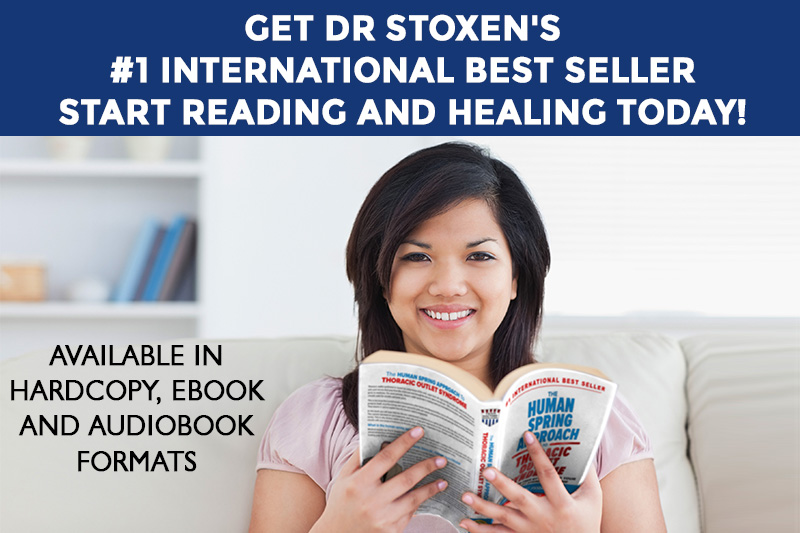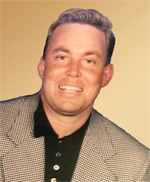I made a list of the top 10 tips you can follow to avoid the activities that increase the risk of thoracic outlet syndrome.
This will help you get your game plan together to eliminate these activities of daily living that put you at risk, cause or perpetuate the stress related to thoracic outlet syndrome.
Standing Posture, Sitting Posture, and Sustained Contraction
The neck is the most complex musculoskeletal system in the body. The neck (cervical spine) has 37 joints and seven discs, which are described in the human spring model as compression springs.
The scalene muscles and other muscles have control and provide the ultimate balance of the head on top of the spine, allowing you to rest perpendicular to Earth’s gravity every second of the day you are upright.
The key to maintaining perfect balance of equilibrium in the neck, upper back, and shoulder muscles is to have your base of support (buttocks), center of gravity, and head perpendicular to gravity. This should also maintain your eyes level with the horizon.
The muscle spindles in the neck and the six living spring or bubble levels (vestibular system) are sending messages to the reflex centers of your brain every second. Whenever your body leans to one side, the vestibular system senses the tilt of the head, and the muscle spindle cells sense the strain on the neck.
Within a nanosecond, the brain triggers a reflex muscle contraction of the neck muscles on the opposite side to right the head to the perpendicular position. This is the righting reflex we discussed in Chapter 4.


The key is to make sure your body is living in harmony with gravity!
Sitting Rules
- Your body parts should either be perpendicular or horizontal to gravity, and joints should be at 90-degree angles.
- Stack and Relax – Stack your head, torso and hips directly on top of each other, take a deep breath and relax.
- Rest your arms on the armrest to lift your shoulders off your chest.
- Keep your feet on the floor or on a footrest, if they don’t reach the floor.
- Make sure the chair seat has an even platform.
- Do not cross your legs at the knees or the ankles.
- Get up and walk around every 25 minutes.
- Distribute your body weight evenly on both hips.
- Give your recliner to someone you hate.
- Never touch your back to the back of the chair.

Dr James Stoxen DC., FSSEMM (hon) He is the president of Team Doctors®, Treatment and Training Center Chicago, one of the most recognized treatment centers in the world.
Dr Stoxen is a #1 International Bestselling Author of the book, The Human Spring Approach to Thoracic Outlet Syndrome. He has lectured at more than 20 medical conferences on his Human Spring Approach to Thoracic Outlet Syndrome and asked to publish his research on this approach to treating thoracic outlet syndrome in over 30 peer review medical journals.
He has been asked to submit his other research on the human spring approach to treatment, training and prevention in over 150 peer review medical journals. He serves as the Editor-in-Chief, Journal of Orthopedic Science and Research, Executive Editor or the Journal of Trauma and Acute Care, Chief Editor, Advances in Orthopedics and Sports Medicine Journal and editorial board for over 35 peer review medical journals.
He is a much sought-after speaker. He has given over 1000 live presentations and lectured at over 70 medical conferences to over 50,000 doctors in more than 20 countries. He has been invited to speak at over 300 medical conferences which includes invitations as the keynote speaker at over 50 medical conferences.
After his groundbreaking lecture on the Integrated Spring-Mass Model at the World Congress of Sports and Exercise Medicine he was presented with an Honorary Fellowship Award by a member of the royal family, the Sultan of Pahang, for his distinguished research and contributions to the advancement of Sports and Exercise Medicine on an International level. He was inducted into the National Fitness Hall of Fame in 2008 and the Personal Trainers Hall of Fame in 2012.
Dr Stoxen has a big reputation in the entertainment industry working as a doctor for over 150 tours of elite entertainers, caring for over 1000 top celebrity entertainers and their handlers. Anthony Field or the popular children’s entertainment group, The Wiggles, wrote a book, How I Got My Wiggle Back detailing his struggles with chronic pain and clinical depression he struggled with for years. Dr Stoxen is proud to be able to assist him.
Full Bio) Dr Stoxen can be reached directly at teamdoctors@aol.com























